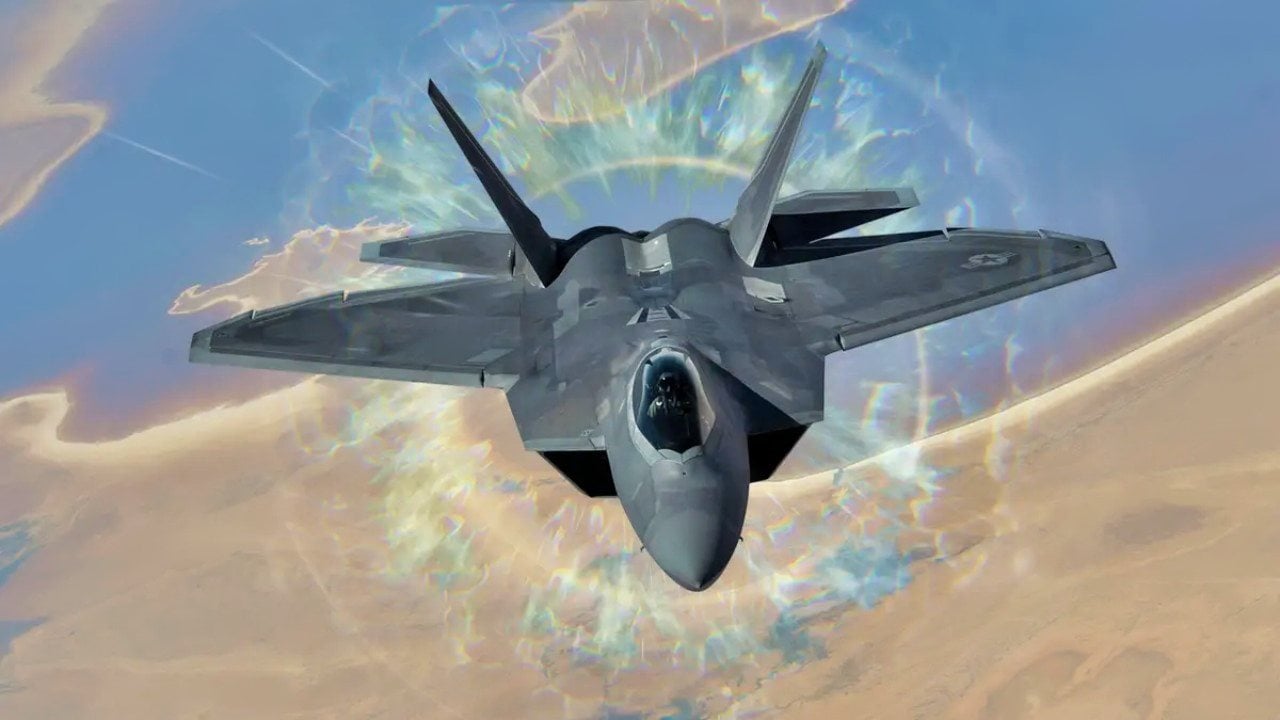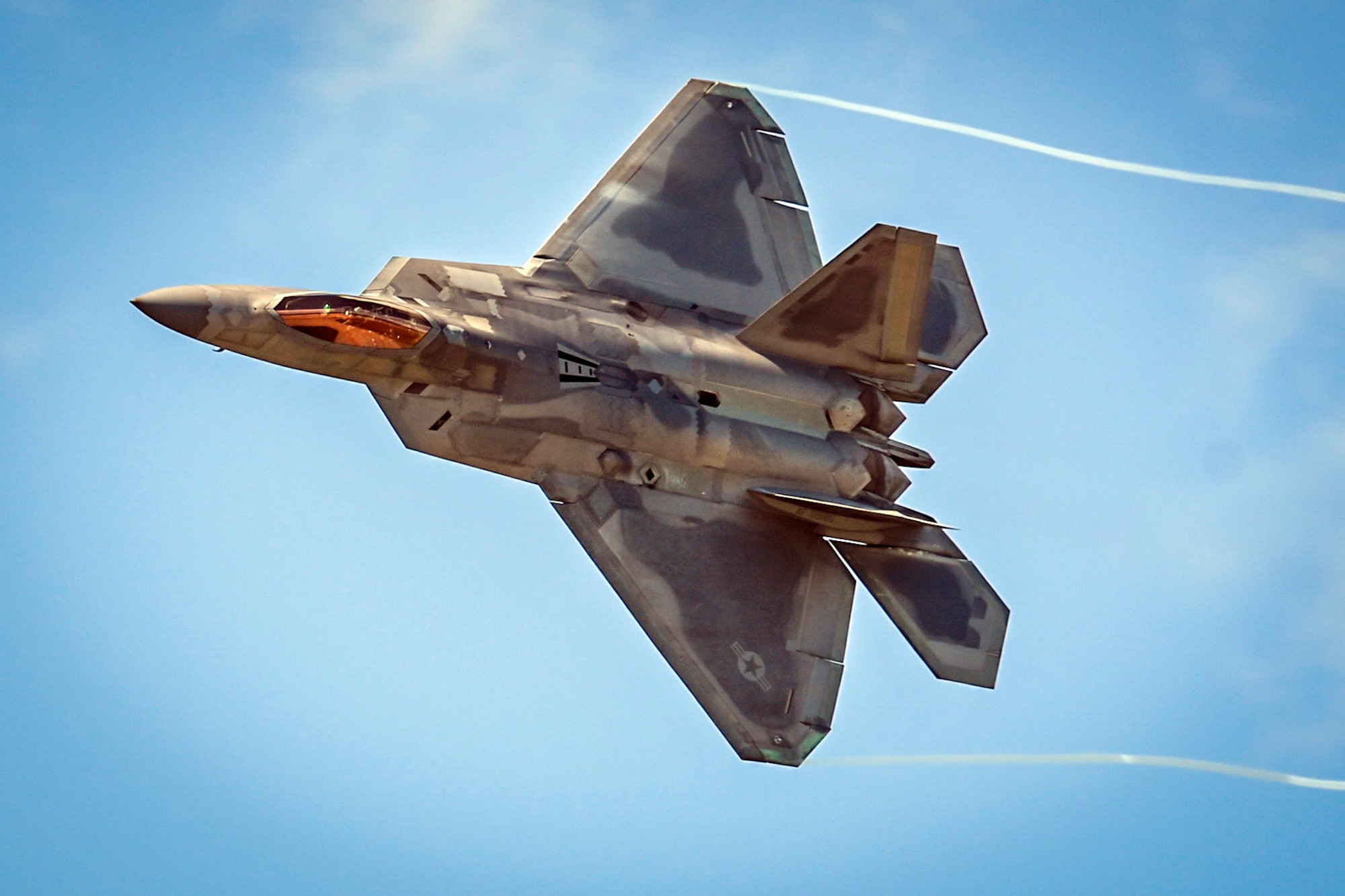The F-22 Raptor is a marvel of modern aerospace engineering and a symbol of U.S. air dominance. As the world’s first fifth-generation fighter jet, it represents a significant leap forward in technology, combining stealth, supercruise, and advanced avionics to deliver unparalleled performance in air superiority. This article delves into the F-22’s design, capabilities, and impact, highlighting why it remains a standout among contemporary fighter aircraft.
Origins and Development
The F-22 Raptor was developed by Lockheed Martin and Boeing under the Advanced Tactical Fighter (ATF) program, initiated by the U.S. Air Force in the late 1980s. The goal was to create a next-generation air superiority fighter to counter advanced threats and secure air dominance for the foreseeable future. The F-22 made its first flight in 1997 and entered service with the U.S. Air Force in 2005. It was designed to replace the aging fleet of F-15s and F-16s, integrating cutting-edge technology to maintain air superiority.

Design and Stealth Features
One of the defining features of the F-22 is its stealth technology. The aircraft’s design incorporates stealth features to minimize its radar cross-section and infrared signature. The F-22’s angular airframe, specialized coatings, and internal weapons bays contribute to its low observability, making it challenging for enemy radar systems to detect and track. This stealth capability is complemented by its advanced electronic warfare systems, enhancing its effectiveness in contested environments.

Power and Performance
The F-22 Raptor is powered by two Pratt & Whitney F119-PW-100 turbofan engines, each capable of producing approximately 35,000 pounds of thrust. These engines provide the F-22 with supercruise capability, allowing it to fly at speeds above Mach 1.5 without using afterburners, which significantly extends its range and operational efficiency. The aircraft’s maximum speed exceeds Mach 2 (approximately 2,414 kilometers per hour or 1,500 miles per hour), and it has a combat radius of approximately 800 kilometers (500 miles). Its thrust-vectoring nozzles enhance its maneuverability, allowing it to perform complex aerial maneuvers with precision.

Avionics and Systems
The F-22 features a highly advanced avionics suite, including the AN/APG-77 radar, which provides long-range detection and tracking capabilities while maintaining a low radar signature. The radar’s ability to operate in various modes and detect multiple targets simultaneously enhances the F-22’s effectiveness in both offensive and defensive operations. The aircraft’s electronic warfare suite includes sophisticated jamming and countermeasures systems, further enhancing its survivability and combat effectiveness. The F-22’s cockpit is equipped with a heads-up display (HUD) and multiple multifunction displays, providing the pilot with comprehensive situational awareness.
Armament and Combat Capabilities
The F-22 Raptor is equipped with a range of advanced weaponry, including a 20mm M61A2 Vulcan cannon for close-range engagements. It can carry a variety of air-to-air missiles in its internal weapons bays, including the AIM-120 AMRAAM and AIM-9 Sidewinder missiles. The internal weapon bays are designed to maintain the aircraft’s stealth profile by reducing its radar cross-section. The F-22’s versatility in engaging both air and ground targets, combined with its advanced sensors and avionics, makes it a formidable asset in any air combat scenario.
Operational History
The F-22 Raptor has been a critical component of U.S. air superiority since its introduction. It has participated in various military exercises, air patrols, and operational missions, showcasing its advanced capabilities and effectiveness in maintaining air dominance. Although its operational deployment has been limited due to its high cost and maintenance requirements, the F-22’s role in protecting U.S. airspace and supporting allied operations underscores its strategic importance.
Legacy and Future Prospects
The F-22 Raptor’s legacy is marked by its technological innovations and contributions to air superiority. Its advanced stealth features, supercruise capability, and superior avionics set a high standard for fifth-generation fighters. However, production of the F-22 was limited to around 187 aircraft due to budget constraints and the emergence of the F-35 Lightning II, which complements the F-22 in various roles. Despite this, the F-22 remains a symbol of cutting-edge aerospace technology and continues to influence the development of future fighter aircraft.

Conclusion
In conclusion, the F-22 Raptor stands as a testament to the pinnacle of fifth-generation fighter aircraft design. Its combination of stealth, supercruise, and advanced avionics ensures unparalleled performance and effectiveness in maintaining air superiority. As the first of its kind, the F-22 set a new benchmark for modern air combat and continues to play a crucial role in securing U.S. air dominance. Its legacy will likely inspire and shape the development of future generations of fighter aircraft.






